-
Promotion

Entraplus Entrance Matting
From £29.99 To £99.99
From £27.49 To £91.25
Supplied in: Single -

External Ramp Mat
£80.99Supplied in: Single -
Promotion

Microfibre Doormats
From £79.99 To £169.99
From £65.17 To £164.89
Supplied in: Single -
Promotion
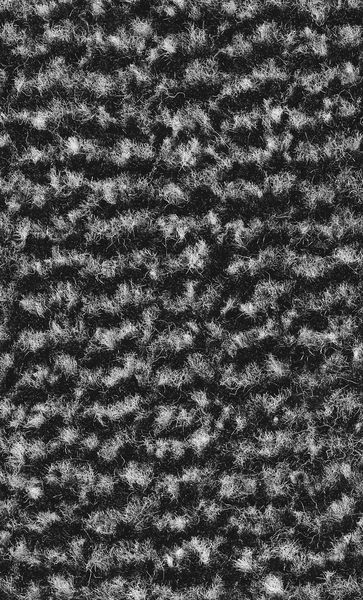
Economy Anti-Slip Entrance Matting 4mm Pile - Single
From £29.99 To £89.99
From £27.29 To £81.89
Supplied in: Single -

Durastep Matting - Fixed size
From £67.99 To £1,097.59Supplied in: Single -
Promotion

Cleanscrape Entrance Matting
From £109.99 To £369.99
From £90.99 To £300.29
Supplied in: Single -
Promotion

Entrance Laundermats
From £54.59 To £189.99
From £32.79 To £163.79
Supplied in: Single -
Promotion

Fingertip Entrance Matting
From £49.99 To £109.99
From £41.19 To £102.99
Supplied in: Single -
Promotion

Coir Entrance Matting - 23mm Thickness
From £99.99 To £469.99
From £46.57 To £369.69
Supplied in: Single -
Promotion
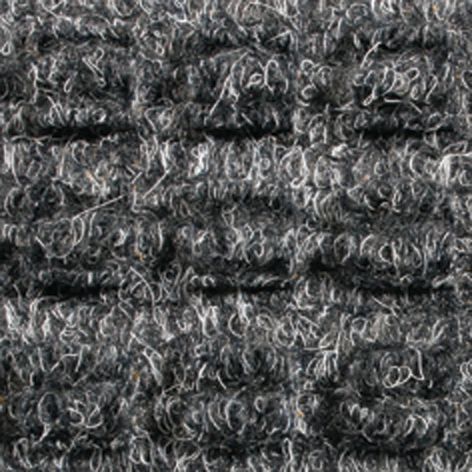
Superdry Entrance Matting
From £69.99 To £249.99
From £54.59 To £216.19
Supplied in: Single -
Promotion
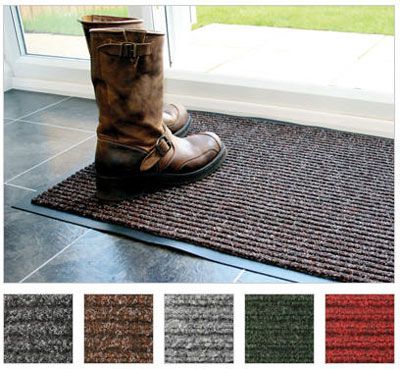
Tough Rib Entrance Matting
From £39.09 To £81.89Supplied in: Single -

Fire Escape Keep Clear Highly Visible Mats
£159.99Supplied in: Single -

Hygiwell Disinfectant Mat
£109.99Supplied in: Single -
Promotion
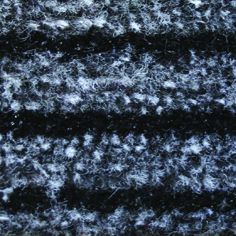
Duo Entrance Mats
From £59.99 To £79.99
From £42.79 To £51.29
Supplied in: Single -
Promotion
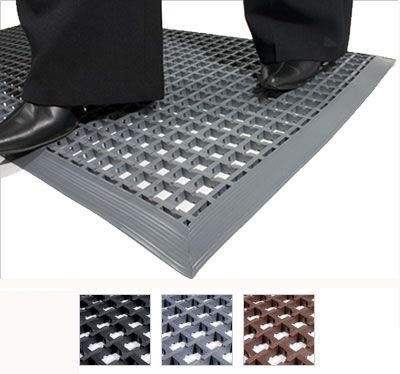
Entrance Matting
From £139.99 To £289.99
From £109.19 To £236.59
Supplied in: Single -
Promotion

Coir Entrance Matting - 17mm Thickness
From £79.99 To £499.99
From £63.69 To £435.39
Supplied in: Single -

Stop The Spread of Germs - Floor Mat
£129.99Supplied in: Single -

Wash Your Hands - Floor Mat
£129.99Supplied in: Single -

Wash Your Hands Please - Floor Mat
£129.99Supplied in: Single -

Fire Exit Running Man Right Highly Visible Mats
£147.59Supplied in: Single -

No Exit Highly Visible Mats
£181.79Supplied in: Single -

Caution Fork Lift Trucks Highly Visible Mats
From £181.79 To £199.99Supplied in: Single -

Caution Reversing Vehicles Highly Visible Mats
£147.59Supplied in: Single -

Mind The Step Highly Visible Mats
From £147.59 To £181.79Supplied in: Single -

Beware of Moving Vehicles Highly Visible Mats
£147.59Supplied in: Single -

Warning Site Traffic Highly Visible Mats
£147.59Supplied in: Single -

Danger Slippery Surface Highly Visible Mat
£147.59Supplied in: Single -

Quarantine Area Highly Visible Mat
£147.59Supplied in: Single -

Protective Clothing Must Be Worn Highly Visible Mats
£147.59Supplied in: Single -

Pedestrian Route Highly Visible Mats
£147.59Supplied in: Single -

Protective Footwear Must Be Worn Highly Visible Mats
£147.59Supplied in: Single -

High Visibility Clothing Must Be Worn Mats
£147.59Supplied in: Single -

Safety Helmets Must Be Worn Highly Visible Mats
£147.59Supplied in: Single -

Eye Protection Must Be Worn Highly Visible Mats
£181.79Supplied in: Single -

PPE Must Be Worn Highly Visible Mats
£147.59Supplied in: Single -

Wash Your Hands Please Highly Visible Mats
£181.79Supplied in: Single -

This Is A Food Production Area Highly Visible Mats
£181.79Supplied in: Single -

No Admittance Highly Visible Mats
£147.59Supplied in: Single -

No Entry Highly Visible Mats
£147.59Supplied in: Single -

Employees Only Highly Visible Mats
£147.59Supplied in: Single -

No Access Highly Visible Mats
£147.59Supplied in: Single -

Premier Track Entrance Tiles
From £22.19 To £31.79Supplied in: Single
Entrance Matting
Need help?
 How to find the most effective matting – for less
User-Rated Entrance Matting from the Safety Experts
How to find the most effective matting – for less
User-Rated Entrance Matting from the Safety Experts
Of all the flooring and matting present in your workplace, it could be argued that entrance matting is the most important. Not only does it create a good first impression for customers and visitors, it also performs a useful safety function.
Entrance mats placed in and outside your reception will ensure dirt, oil or water from around your premises are not taken into an area where these substances would make flooring potentially hazardous. This can greatly reduce the risk of slips, trips and falls and cut down on costly maintenance. Shop now to reduce these risks on your premises.

Expert Information
Entrance Door Mats: Buying Guide
Entrance mats and tiles are purpose built to maintain the cleanliness of your building and give it a smart appearance. They are essential for all workplaces. Whether you require simple mats for a small back door entrance or a larger solution for a main reception space, you should think about the three exterior and interior entrance zones when deciding what is required in your location.
Heavy Duty Door Mat Zones
Zone 1 – Exterior Entrance Matting
Exterior entrance matting needs to be tough enough to cope with a variety of weather conditions, including snow, rain and sun. It must also have good scraper properties to remove any heavy soil from footwear before it comes into the building. A good example is a polyethylene brush outside door mat. With strong, all purpose fibres these mats provide a resilient first line of defense, drying shoes and removing larger particles.
Also available are Cleanscrape outdoor mats which are resistant to oil, chemicals and grease, making them the ideal solution for entrances to industrial or food preparation areas. The mats have a raised pattern that scrapes dirt from shoes and can hold up to 1.5kg of dry dust or 2.6 litres of water per sq metre to keep floors cleaner for longer. Suitable for use indoors and outdoors, this matting is fully machine washable making it easy to keep clean.
Zone 2 – Primary Interior Entrance Matting
Placed just inside your doorway, primary interior entrance matting should be tough and durable enough to remove the most damaging debris like soil, grit and moisture. Offering incredible protection against damage and dirt, this is the most important mat in the zoning system.
This category includes items such as the popular enviro entrance mats. This range not only provides protection to carpets and other floorings, it also offers excellent dirt-removal as well. The mats have a raised pattern which traps dirt and debris from shoes or boots to prevent it migrating into your building.
Enviro Mats have a heavy-duty rubber backing which is made from recycle tyres and this prevents the mat from slipping and moving around on hard surfaces or carpet. The matting surface is made from recycled plastic bottles, so not only will this mat look great and protect your flooring, it is also good for the environment. The mat is UV and fade resistant, and with total carpet coverage it eliminates broken and torn borders.
Zone 3 – Secondary Interior Entrance Matting
Secondary interior entrance matting is essential for final drying and dust removal. Made from high-performance textiles, these mats can be placed at secondary entrance or internal doorways to trap an extraordinary amount of water and dirt.
Our ribbed fibre indoor door mats are ideal for use in high traffic areas. The mats are made from thick ribbed polypropylene and the carpet has channels which trap the dirt and debris. The mats have a non-staining vinyl backing and come in a range of colours.
FAQ's
How much should we spend on entrance matting?
How much you need to set aside for entrance mats will depend on the size of your premises, and various other factors. Here at Seton, we have a wide variety of entrance door matting to suit almost any budget. However, there are some important factors to keep in mind. In most business premises, investing in the right kind of commercial entrance mats will actually save you money in the long term. When you install quality entrance matting, your interior floors tend to last longer and need a lot less maintenance. The right entrance mats will even save you money on day-to-day cleaning, as the floors throughout the rest of the building will be kept cleaner.How much entrance matting do we need?
Your door entrance mats should obviously cover the width of your entrance door, but you’ll also need to think about the length of the matting you need to install. This will depend on factors such as the volume of foot traffic in and out of your premises, the type of traffic, and how much dirt and moisture that traffic is likely to bring into the building. Always keep in mind that the main purpose of entrance matting carpet or other commercial entrance mats is to trap dirt. Effective entrance matting is long enough that when people step off it, onto your actual flooring, they have effectively left all the dirt that they brought in with them on the mat.By estimating the amount of traffic that travels to and from your building, you can calculate the required amount of entrance matting for your premises. An independent study conducted by the Health and Safety Laboratory (an agency of the Health and Safety Executive) and the Entrance Flooring Systems Association (EFSA) looked specifically at the length of matting required to effectively reduce water ingress and stop internal floors from becoming slippery. They produced a report in 2009, ‘Reducing the slip risk at entrances, the role of matting’, which suggested:
- In low-traffic areas (under 80 people per hour), at least 3 to 4 metres of entrance matting is required to adequately remove moisture.
- In medium-traffic areas (around 400 people per hour), the minimum length is 6 to 7 metres of entrance matting.
- In high-traffic areas (800 or more people per hour), as much as 8 to 10 metres of entrance matting may be required.
- It is, of course, essential to calculate your needs based on your busiest times of the day, and, if your business is seasonal, your busiest times of the year.
How to install entrance matting
When installing entrance mats, it is important to consider where to put them, as well as how much matting is required. In some premises, you will need to consider installing matting outside the building as a first line of defence. This can be an effective strategy when the outside entrance is covered by a canopy or veranda, rather than open to the elements.It is advisable to inspect the flooring areas where mats will be installed to ensure that they are sound and free from any contaminants that could prevent a good fit. Any damage to the floor should be fully repaired before the installation takes place. Before putting your entrance mats in place, ensure to always follow all installation instructions carefully and prepare the floor as indicated in the manufacturer’s instructions, if necessary.
What are the best traffic entrance mats for my business?
Here at Seton, we stock a range of entrance matting for your individual circumstances and budget. Here are a few of our popular entrance matting options:- Coir Entrance Matting – 23mm Thickness – This hard-wearing traditional coir entrance matting has excellent scraping and absorbency properties. It is made from natural fibres bonded onto a heavy-duty PVC backing.
- Cleanscrape Entrance Matting – These commercial entrance mats have a hard-wearing raised surface to scrape dirt from footwear and provide sure footing in wet or greasy conditions. They can be used indoors and outdoors.
- Premier Track Entrance Tiles – A high-quality but affordable form of entrance matting carpet, these tiles have crush-resistant nylon carpet inserts to effectively trap dirt and moisture. They are suitable for wheeled trollies and are safe for high-heeled footwear.
Here at Seton, we have a wide range of entrance matting options to choose from. If you have any questions, please call us and ask our friendly experts for advice.


